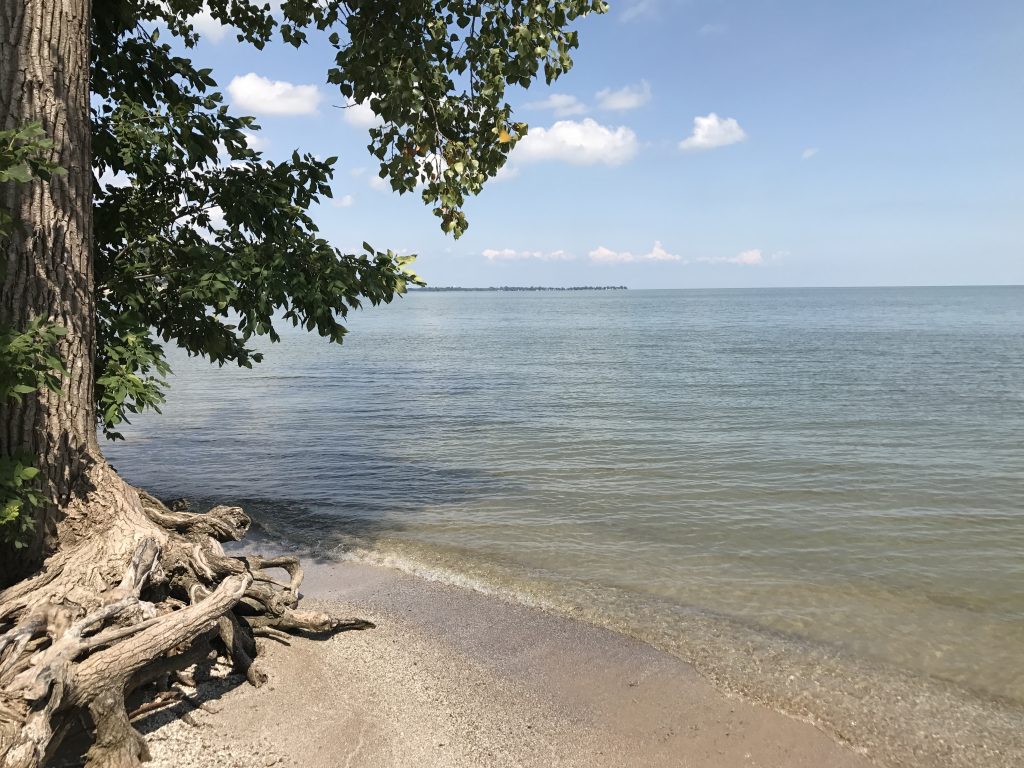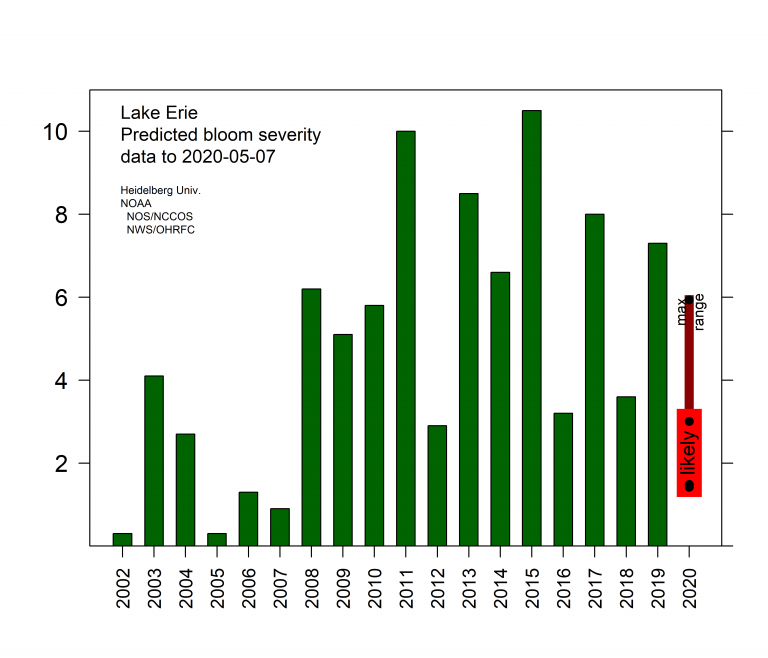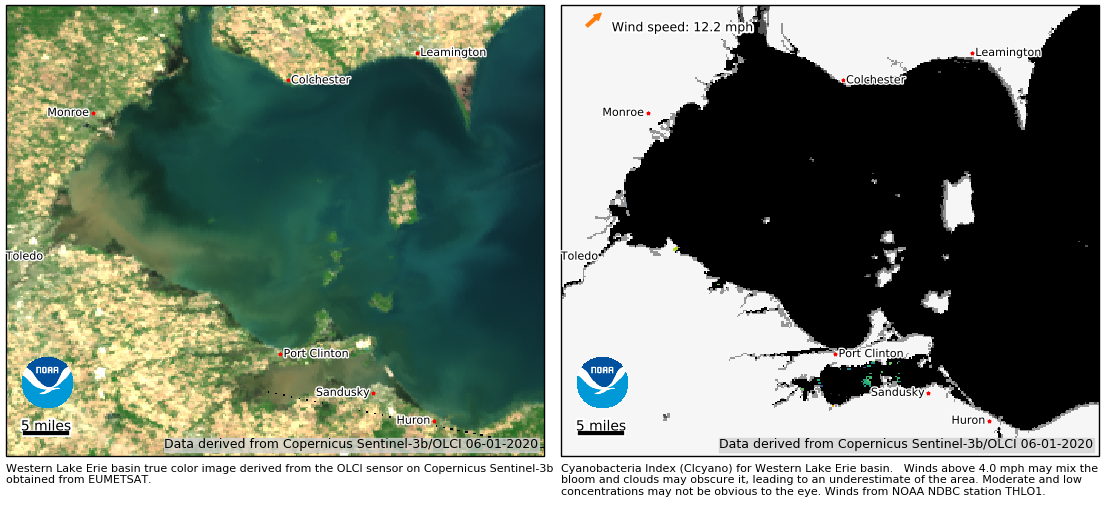Lake Erie Researchers Forecast Smaller Algal Bloom in 2020
Scientists say a dry spring provided less food for algae, but a smaller bloom isn’t necessarily less toxic.

Harmful algal blooms have been a summertime problem in western Lake Erie for years.
“We’re looking at a smaller bloom, so there should be plenty of good opportunities to be out on the lake.” — NOAA oceanographer Richard Stumpf
The one that formed in 2014 produced enough cyanobacteria toxin to pollute the city of Toledo’s water supply. Nearly a half-million people in northwest Ohio and Monroe County, Mich. couldn’t drink their tap water for several days in August that year.
It’s too early to say how toxic this year’s bloom will be, but scientists have an idea how large it might get.
Click on the player above to hear NOAA’s Richard Stumpf’s conversation with WDET’s Pat Batcheller.
The algal bloom in 2019 was one of the largest on record in terms of how much of the lake it covered. The National Oceanic and Atmospheric Administration is forecasting a small bloom in 2020.
Read NOAA’s Harmful Algal Bloom Bulletin of June 3, 2020
NOAA oceanographer Richard Stumpf says less rainfall this spring means there hasn’t been as much fertilizer running off of farmers’ fields into the Maumee River, which flows into the lake.
“Last year was an incredibly wet spring,” Stumpf says. “With less rain this spring, there’s less runoff from phosphorus.”
Phosphorus, a common chemical found in many fertilizers, is one of algae’s main sources of nutrition. The more phosphorus, the more algae.
Size Matters Not

Stumpf says there’s no correlation between how large an algal bloom is and how dangerous it is to human health.
The blue-green cyanobacteria that grow in Lake Erie produce a compound that helps regulate their metabolism. It just so happens that the compound is toxic to people, as well as dogs, cattle and horses. And phosphorus is just one factor that affects the algae’s growth.
“I can’t emphasize enough that when there is a bloom, it’s not everywhere in the lake.”
“We think it has to do with a combination of the amount of light, the proportion of nutrients, and how they’re able to process those,” he says.
It’s also difficult to predict how toxic the bloom might become until after it has started to form. Stumpf says the 2014 bloom that poisoned Toledo’s water supply was smaller than the ones that formed in 2013 and 2015.
“Each cell was producing more toxin,” he says.
“Once the bloom first shows up, we get the first data on the amount of toxin,” Stumpf says. “Then we measure the amount of chlorophyll in the water, which tells us how much bloom there is, and we can get the concentration” of the toxin.
Stumpf says that concentration can change as long as the bloom exists, but it’s generally more toxic at the start of the cycle.
Weather is Also a Factor
Wind patterns can change the shape and location of the bloom, so it may be present in one location one day and gone the next.

“I can’t emphasize enough that when there is a bloom, it’s not everywhere in the lake,” Stumpf says. “It varies considerably over time.”
Swimmers, boaters and other recreational users can keep track of the bloom by subscribing to NOAA’s regular Harmful Algal Bloom updates and bulletins. But in general, if you’re planning to be in the water, Stumpf says stay away from any areas where you see scum.
“If you’re in scum, there’s always a high concentration [of toxins] no matter where it is,” he says.
Trusted, accurate, up-to-date
WDET is here to keep you informed on essential information, news and resources related to COVID-19.
This is a stressful, insecure time for many. So it’s more important than ever for you, our listeners and readers, who are able to donate to keep supporting WDET’s mission. Please make a gift today.
